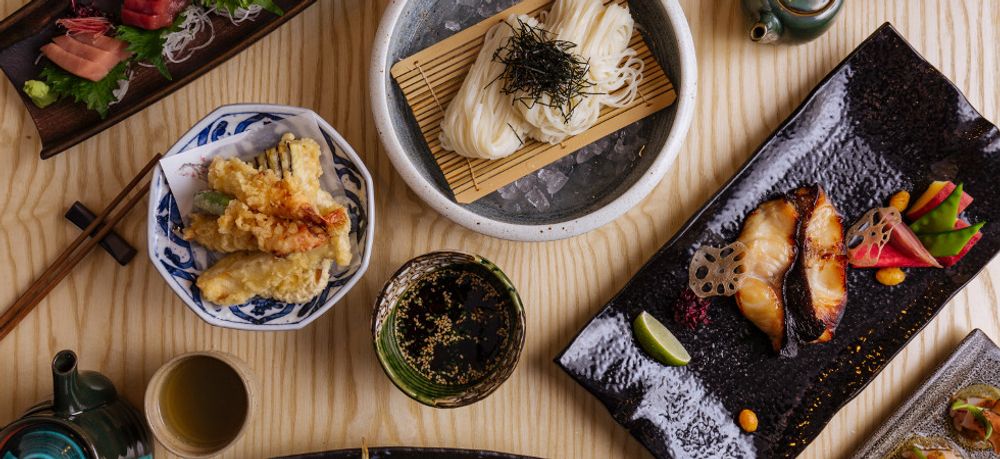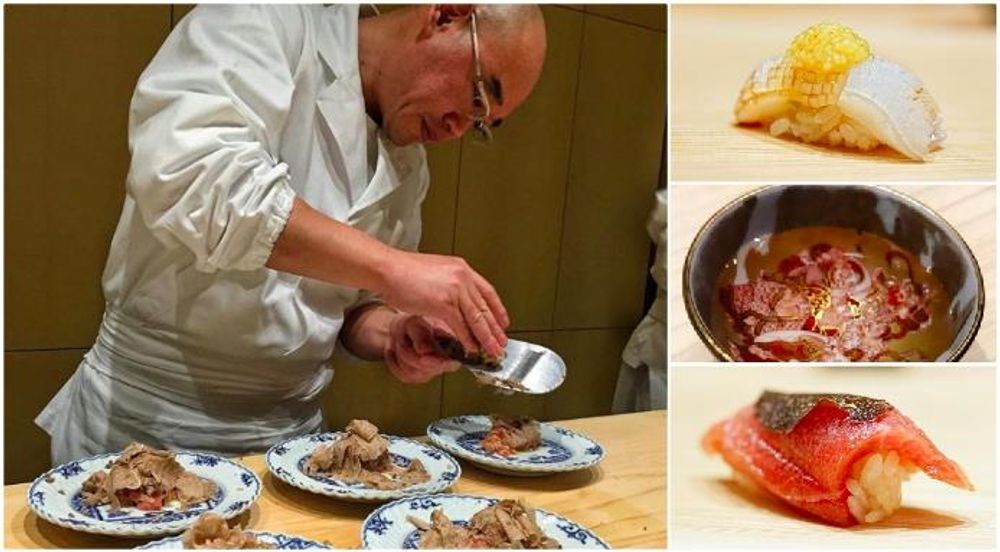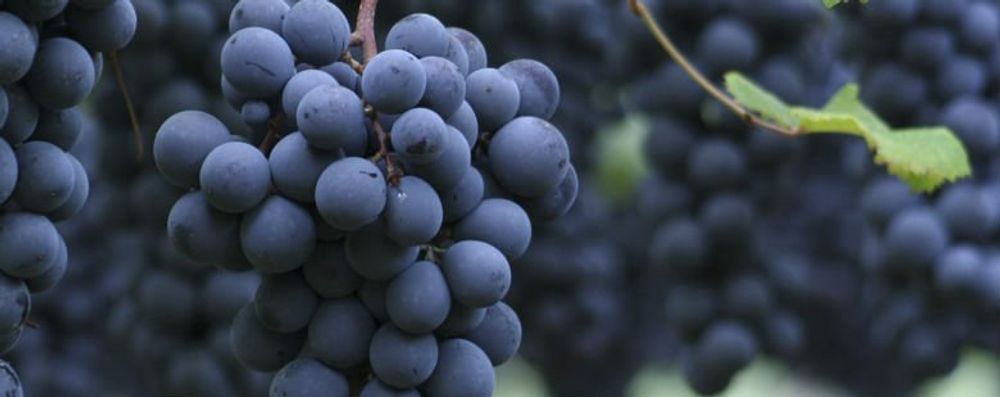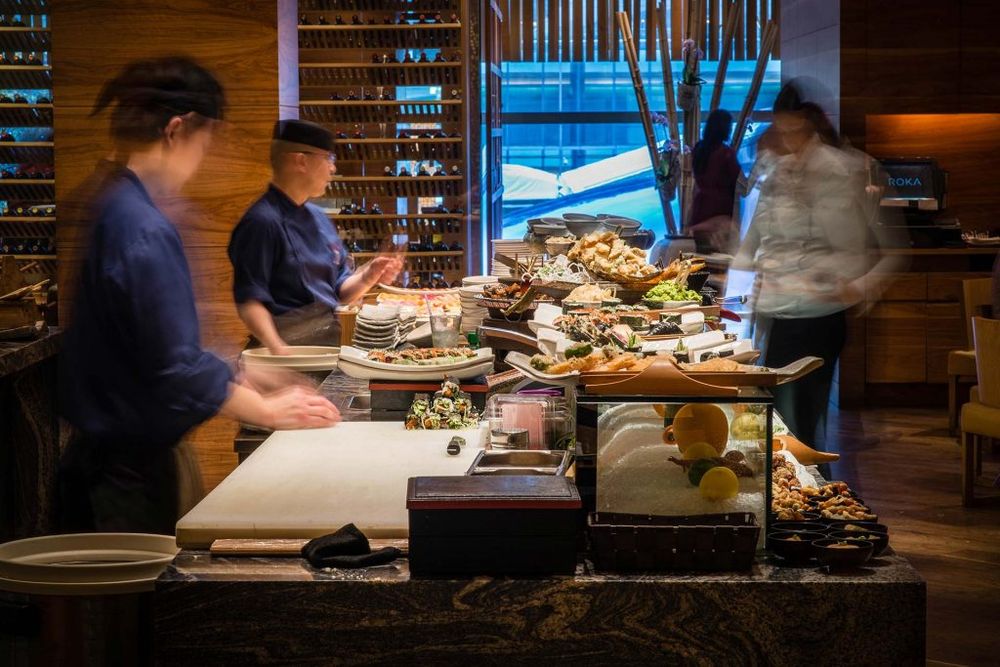There is much excitement around finding, and listing, wines from emerging wine countries which makes the huge diversity in Japanese wines potentially particularly appealing to discerning wine buyers and sommeliers, says Sarah Abbott MW. All of which will be at next week’s New Wines of Japan tasting.

Sarah Abbott MW believes there is great potential for Japanese wines across all styles of premium restaurants and will be helping to show them to sommeliers and buyers at the New Wines from Japan tasting in February 28
Why should wine buyers and sommeliers be thinking about Japanese wines for their lists?
Japan is still unfamiliar territory for many when it comes to wine, but there is a growing interest in Japanese culture, food and wine.The huge improvements in quality, and new export mentality and support, make this a very exciting time for Japanese wine.
Are they not, though, better suited to Japanese cuisines?

Ginza Onodera, host venue of the New Wines of Japan tasting, will hope to demonstrate the versatility of Japanese cuisine with wine
Every wine grows up like a sibling with its cuisine, so it is natural that we are drawn to pair them. But Japanese cuisine is mind-spinningly varied, from the delicate to comforting. Japanese cuisine has also been influenced by, and now influences, so many of the world’s major cuisines. Even the idea of ‘sushi and sashimi’ is not one idea. In Tokyo, they are now pairing Japanese Pinot with bloody tuna and amber wine with sea urchin.
Japanese cuisine also encompasses noodles (from delicate soba to hearty ramen), grills, yakitori, katsu, dumplings, and tempura (which has its roots, like Fish and Chips, in Portugal). So, let’s have some fun with pairing these. Also, there’s a little blossoming of Anglo-Japanese cuisine and culture that expresses more broadly the joys of Japanese food and drink culture, as seen in places such as Roka, Ichibuns, Sexyfish, Gilly’s Fry Bar, Aqua Tokyo, and Untitled.
Another consideration is that Japanese wine has been developed by vignerons who are globally minded. Their wines were initially made for the Japanese fine-dining culture which, as anyone who has dined out in Japan can tell you, is among the greatest in the world.
Japan is a temple to fine French dining –Tokyo has more Michelin-starred restaurants than Paris. Tokyo is also famous for having probably the best French cuisine outside of France. And contemporary Japanese wine has evolved for this kind of global, ingredient based culture. In fact, wine in Japan is most often paired with those fusion and global cuisines.
So much so that my fellow MW Kenichi Ohashi has been working on a program in his native Japan to persuade traditional Japanese restaurants to think differently, and pair Japanese wine, and not just sake, with Japanese food.

Araki, London’s latest three star Michelin restaurant, demonstrates on its own the extraordinary versatility of Japanese cuisine
How would you advise sommeliers in non-Asian restaurants to hand sell Japanese wines?
Emotionally the wines will appeal to those who love adventure in their wine, and who enjoy being the early discoverers of a style. There are so many angles, that is really depends on the wines you have, the style of dining, and the character of your customer. Certainly, classic Koshu has the selling point of its delicacy and authenticity with lighter alcohol. But there are other Japanese wines that are quite sumptuous.
The Merlots and Cabernets, while keeping trademark freshness, are fragrant and full-bodied, so food match wise great with grills and light spice. The Pinot Noirs are expensive but heroic, and thrilling. So that would could be something that you could suggest to a Pinot freak, albeit not a label-chasing one. (Although in Japan these wines do have a status as cult as any top Burgundy.)
We know from research that restaurants are a space where customers not only feel inclined to discover new wines, but actively value the new discovery, and find that it makes that occasion more memorable. These wines are boutique, premium priced, and very elegant, so it will initially be those discriminating, curious customers who will get most from them.
Which new styles of Japanese wine will you have at the New Wines from Japan tasting?
It will be loooking at Koshu and beyond and, in particular, the newer styles including some exciting single-vineyard Syrah and Pinot Noir. It will also be showing some of the more serious examples of Muscat Bailey A, and the styles of Merlot, Cabernet Sauvignon and Cabernet Franc varietals and blends that show the richer side of Japan. We will have wines from prefectures of Yamanashi, Nagano and Hokkaido.
How have the wines developed in recent years?

New regulations have allowed more wineries to be established in the key Yamanashi winemaking district of Japan
In 2004, new regulations made it easier for boutique wineries to be set up. Previously, the law required a minimum production level that was within the reach only of large corporates. More recently, a new law enforced the use of exclusively home-grown grapes for Japanese wine, and OIV recognition for Koshu and Muscat Bailey A encouraged general alignment with global standards of labelling, geographical indications, and production methods.
The spotlight is now on the producers wrestling brilliantly distinctive wines out of this compelling, challenging terroir. Domestic demand for and national pride in authentic Japanese wine is growing rapidly. In the last ten years the diversity, quality, and export potential of Japanese wine has been transformed.
There is a lot of interest in wines using alternative grape varieties from different regions – do you think Japanese wines could appeal in the same way?
Yes definitely, although there is a surprisingly wide range of wine grape varieties grown in Japan, including European classics in favoured spots and hardy hybrids that can cope with the winters. But two varieties are especially Japanese in origin, association and style.

The distinctive Muscat Bailey A grape is now being made to make serious Japanese wine
Muscat Bailey A was bred for Japanese conditions in the 1920s. It buds late (so avoiding spring frosts), and ripens early. It crops reliably, and is disease resistant. For decades, it was relegated to the ‘easy drinking’ zone, and used principally to make high volume, fruity, light off-dry quaffing wine. The type of wine that is good fun a spring picnic among the cherry blossom, but not to be taken seriously. More recently, several producers have shown what can be done with low-yielding versions from prime sites. Some alluring, lightly oaked, velvety examples offer both pleasure and depth, and there are more wines that recall the flair of Beaujolais Cru – bright, supple, perfumed, interesting – than the bubble gum of Nouveau.

The distinct, thick-skinned, pink coloured Koshu grapes
Koshu has fresh but rounded acidity, and several aromatic compounds in common with Sauvignon Blanc. The most familiar Koshu style is an ultra-delicate, subtle dry white with a sleek texture. But there are also richer Koshus resulting from techniques such as lees-ageing and battonage, as well as whole bunch pressing, and fermentation with a some of the finer solids.
I did try a delicious Ryugan white from Hyashi wines in Nagano. It was a bit like a fleshy but fresh Torrontes, and had been made from free-run juice, and with a light touch. We can’t show it on this occasion, sadly.
Ryugan, a vinifera grape native to Asia, although several of those countries claim it as their own. It grows very happily in Japan, and if they can make more of the bright, rounded but aromatic style then I’d gladly try more of it. My dark confession is that I have had a Delaware that I thought was rather nice. It’s a hybrid grape, but Lumiere’s version was well judged, and a bit like a Gewurztraminer/Pinot Gris blend. There’s a huge amount of research going into hybrid crosses, and now that the ‘foxy’ gene has been identified, the potential for those new varieties is even greater.
Japan also has plantings (many of them tiny) of scores of different European grapes, from the household to the esoteric. Believe it or not, there is some delicious Zweigelt being made in Japan. Others are experimenting with Malbec in the high-altitude sites. Japanese winemakers must work so hard at finding a grape that will work in a site that there are all sorts of undiscovered corners of their terroir. They are experimenting like crazy, some of them with varieties that they are keeping a bit secret because they want to see how it goes, and to keep some competitive advantage.

Koshu is not just the perfect partner to Japanese food like here at Roka
Why do you think they are suited to the UK on-trade?
The premium on-trade wine market continues to thrive, despite challenges, as consumers drink less, but better. This is the innovation centre of the UK drinks, and hospitality, industry, and wine suppliers need brave, engaging, innovative products with a story and cultural resonance. This is especially true if wine is to keep pace with artisan spirits and craft beer and other drinks.
In the UK, the most adventurous consumers are among the affluent consumers, and the on-trade is uniquely placed to make the most of this. Japanese wines are increasingly diverse, and their food-matching potential is huge, and has so much more to be discovered.
Tell us what we can expect at this New Wines tasting on February 28?
We will have a diverse range of around 40 wines from various prefectures, including skin contact and sparkling Kosho, Pinot Noir, Syrah, Merlot and Muscat Bailey A available to try during a walk-around tasting. I will also be hosting two masterclasses, focusing on eight different wines. The Masterclass runs at 12.30pm and 3.00pm and you can register to attend here).
If people want to find out more about Japanese wines in the UK what would you suggest for further reading?
They can contact me in the first instance (sarah@swirlwinegroup.com). I’ll be glad to share my research and tasting notes, or to put them in touch with specialists in Japan. For Koshu, the Koshu of Japan website is a useful source of initial information, contacts and advice. The Visit Japanese Winery website provides information on visiting wineries making Japanese wine and gives a useful overview and list of producers. A lot of the interesting reading on Japanese wine is in Japanese, but the newly created government organisation of JFOODO is tasked with promoting the exports and awareness of Japanese wine, and is working on translations of some of those existing Japanese wine guides, and on a new English-language website.









































